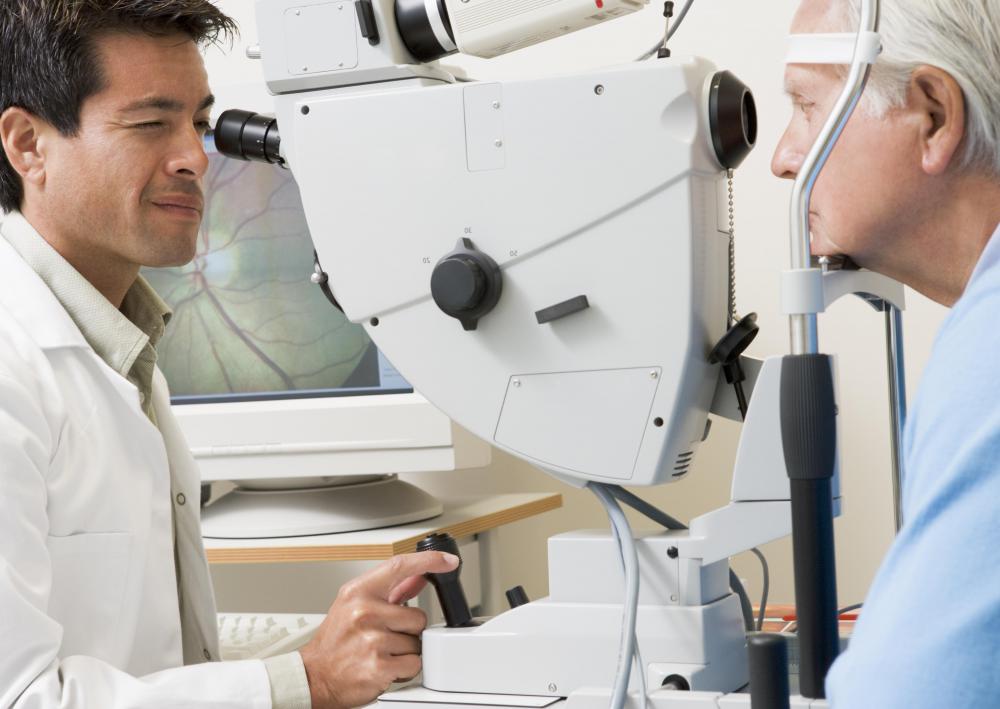At TheHealthBoard, we're committed to delivering accurate, trustworthy information. Our expert-authored content is rigorously fact-checked and sourced from credible authorities. Discover how we uphold the highest standards in providing you with reliable knowledge.
What is Blepharochalasis?
Blepharochalasis is a series of changes that take place in the upper eyelid, usually in both eyes, causing extra skin to develop and often forcing the eyelid to droop, in a condition called ptosis. There are surgical treatments available for blepharochalasis. An oculoplastics specialist is usually consulted when a patient is a candidate for surgery, as these surgeons specialize in plastic surgery around the eye and have extensive experience with conditions like blepharochalasis.
This condition starts with periodic episodes of eyelid inflammation leading to edema, where the eyelid swells and fills with fluid. Usually only the upper eyelid is involved. The inflammation follows short cycles of several days each. Other times, the repeated swelling thins the skin of the upper eyelid and stretches it, creating fine, tissue-like wrinkles in the upper eyelid. The eyelid can start to become droopy, and may appear papery or puffy, depending on whether a period of active inflammation is occurring.

Patients usually develop blepharochalasis when they are young, typically under the age of 30. This distinguishes it from dermatochalasis, the drooping of the upper eyelids that occurs with age. Patients with dermatochalasis also tend not to develop the distinctive thinned, wrinkly tissue seen in cases of blepharochalasis. The names for both conditions include the Greek root for “relaxation,” describing the signature sign of both conditions, a relaxation of the muscles that normally support the eyelids.

Candidates for surgery include patients with severe drooping or wrinkling who have not experienced inflammation of the eyelid in at least six months. If the cycle of inflammation is still active, surgery is usually contraindicated. A surgeon can perform a blepharoplasty procedure to remove the excess skin and tighten the upper eyelid to remove the wrinkling and resolve the drooping. Recovery from surgery can take a few days to weeks and patients may opt to have other cosmetic issues addressed while the surgery is performed, depending on their preferences.

For the most part, blepharochalasis is not a dangerous condition. It is primarily an aesthetic concern, as the eyelid looks unusual and may attract attention. Patients who develop droopy eyelids can experience vision impairments, and sometimes more rare complications develop. It is advisable to see an ophthalmologist to screen for potentially dangerous complications and to get advice on managing the inflammation. If surgery is necessary or desired, the ophthalmologist can make a referral to an oculoplastics specialist. It can be a good idea to see several surgeons before selecting one to perform the procedure.
AS FEATURED ON:
AS FEATURED ON:
















Discuss this Article
Post your comments